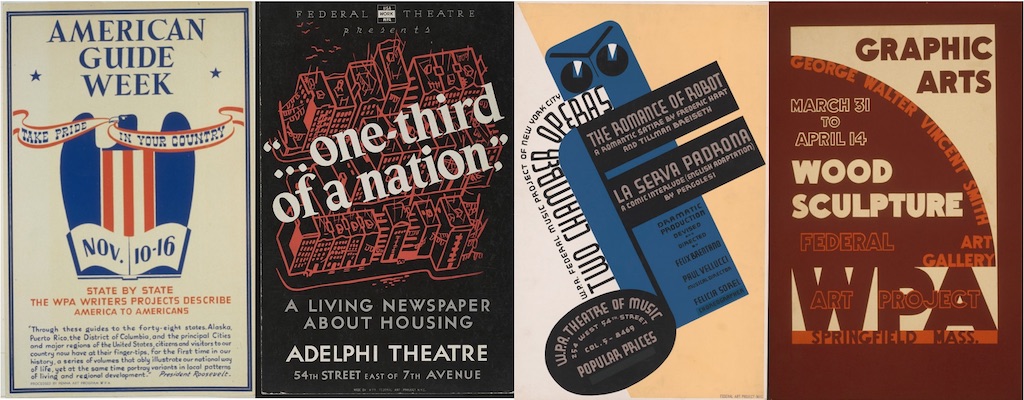Los Sueños Mexicanos
Mexican-American migrants felt a keen allegiance to the United States. When Tipica orchestras performed in El Paso, they "also played the 'Eyes of Texas' and 'America'. One hundred and forty Mexican-American children sang 'Yankee Doodle' and 'Dixie' to the accompaniment of the Tipica orchestra." (Bindas, pg. 102) Dorothea Lange's photograph of the Mexican-American mother and her baby led me to realise something: most of the second generation of Mexican-Americans had never even seen Mexico, much less lived there, and so when local governments offered migrant families to 'repatriate' them in Mexico, the children would more often than not be the first to clamour out, the children most in touch with America. (Lange)
The goal most Mexican-American families strove for was to own a car, using their profits from seasonal harvests to make their first payment on a car. Their Mexican identity was important to them-- but American technology and consumerism, participating in the rites of their adopted country, mattered a great deal also. Adolescent Mexican-American youths in the Midwest and beyond exuberantly threw themselves into American traditions, "thoroughly Americanized and [having] retained few of the Mexican customs." (Lee) This lead to a deepening culture divide between first-generation migrants and second-generation migrants.



